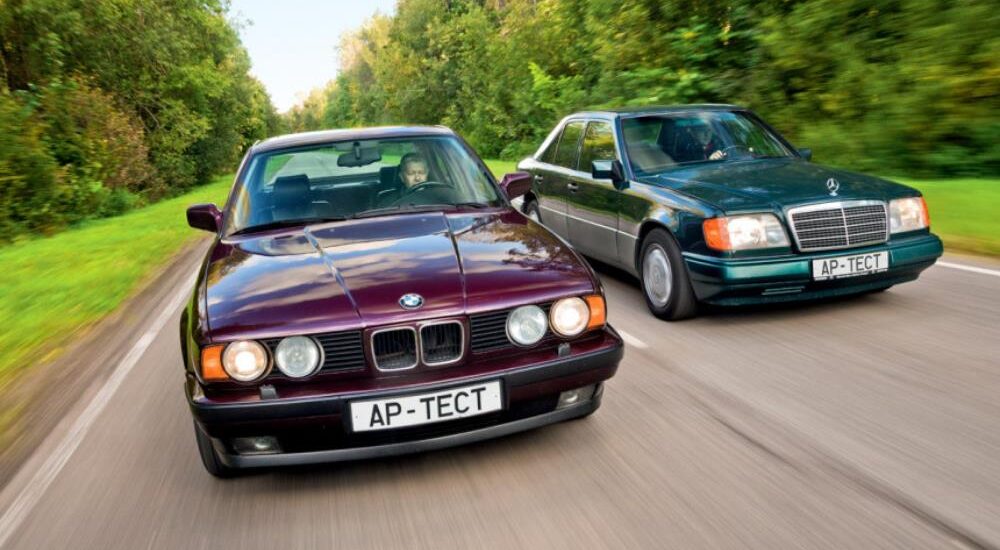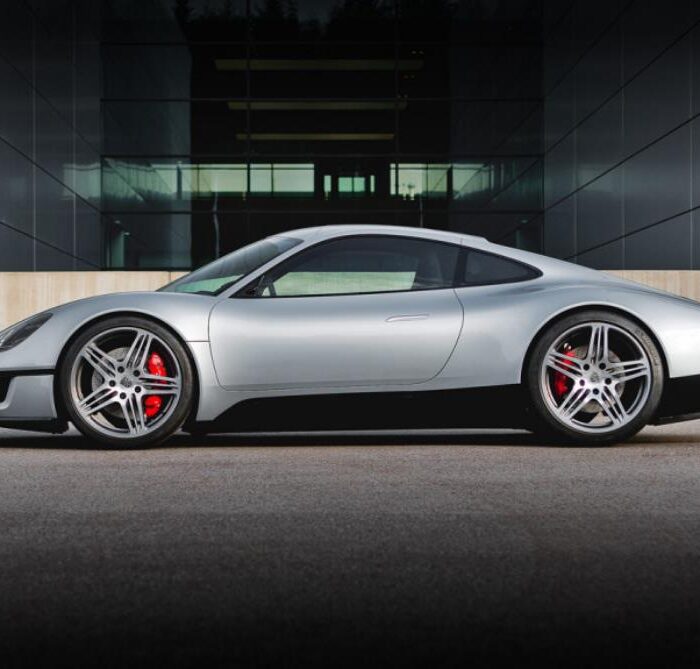Cuando me embarqué en esta serie de pruebas con coches retro, no esperaba ninguna sorpresa. Después de todo, está claro que un VAZ «nueve» supera a un Moskvich del 41, y un Volga es difícilmente manejable. Pero aventurarse en el ámbito de los modelos internacionales resultó más revelador. ¿Sabías que el Mercedes W123 es un auténtico automóvil para conducir, mientras que el Mustang clásico es en su mayoría un atractivo visual? Ahora, abordemos un dúo aparentemente predecible: el BMW 535i de la serie E34 y el Mercedes-Benz E280 de la generación W124. Espere lo inesperado.
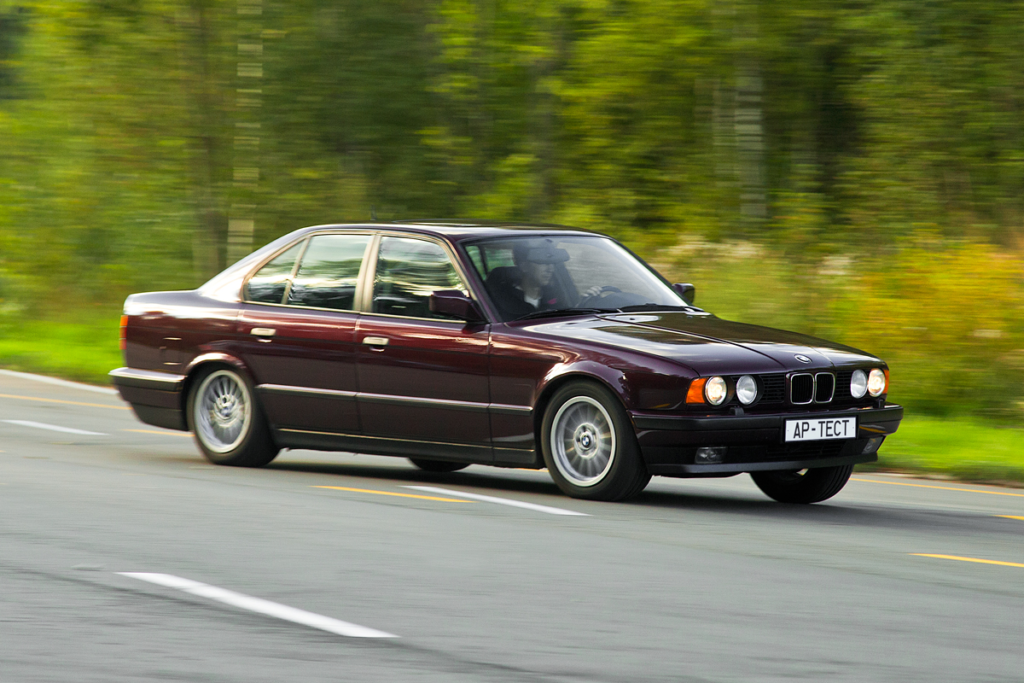
Bajo el capó y más allá
La mejor manera de conocer el E34 y el W124 no es solo conduciendo, sino examinándolos en un ascensor. Esta perspectiva revela al máximo la sofisticación del diseño y la inversión en el desarrollo de cada modelo. La mayoría de estos autos ahora muestran más desgaste del que cabría esperar, lo que resalta los marcados contrastes entre ellos.
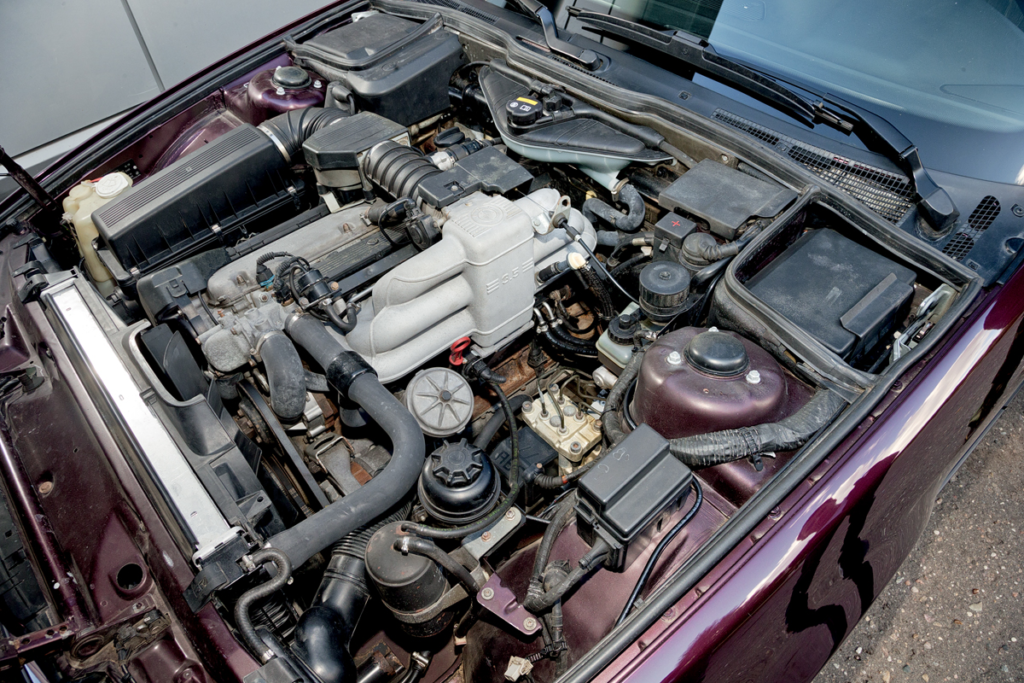
Es interesante que, sobre la base del motor M30B35, se creara la berlina más rápida de la carrocería E34: el Alpina B10 Biturbo. Un par de turbocompresores Garrett T25 aumentaron la potencia de 211 a 360 CV. La aceleración a “cien” tardó poco más de cinco segundos, y la velocidad máxima alcanzó los 290 km/h. Esto hace que uno se pregunte, ¿cómo era el retraso del turbo?
El Mercedes W124 es un ejemplo clásico de sobreingeniería. Su robusta construcción se remonta a 1984 e inicialmente se inspiró en el sedán compacto W201. El W124 cuenta con grandes elementos longitudinales, bastidores auxiliares de gran tamaño, puntales McPherson con muelles y amortiguadores independientes, una sofisticada suspensión trasera de cinco brazos, brazos robustos, rótulas, una parte inferior plana de la carrocería, acoplamientos elásticos dobles en el eje de transmisión y soportes hidráulicos para el tren motriz. Al inspeccionar el E34 de BMW, es posible que te preguntes cuáles son sus fechas de producción: ¿es posible que el W124 sea realmente tres años anterior al E34 de BMW? La configuración de BMW parece más anticuada, ya que utiliza una tecnología más simple que no experimentaría actualizaciones significativas hasta el debut de la serie 1990.
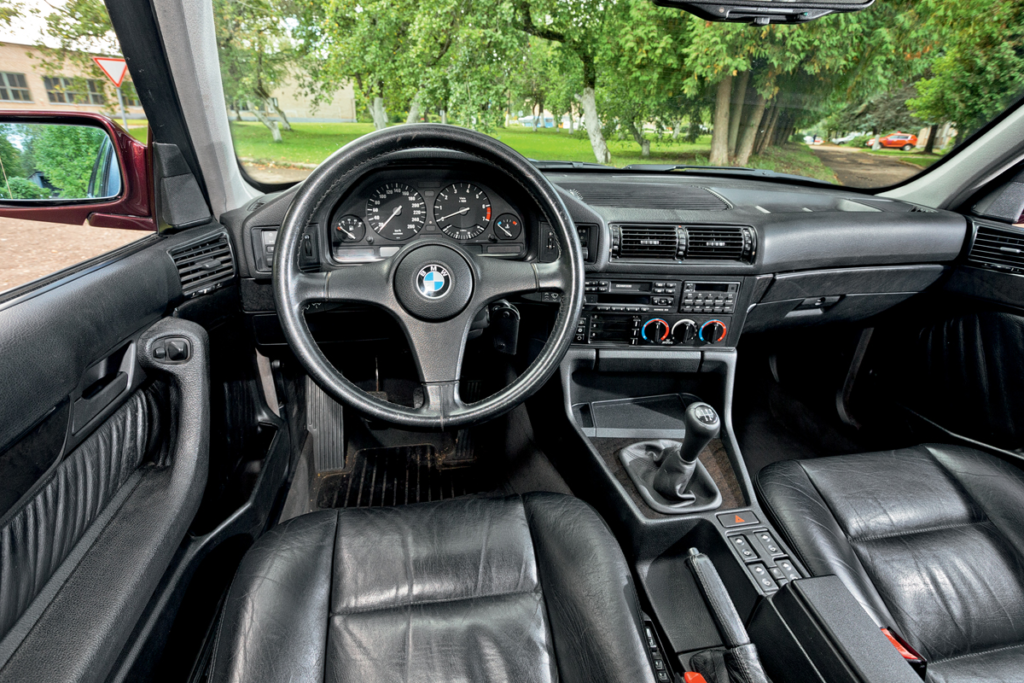
El interior del “cinco”, especialmente con el volante deportivo de tres radios, está mucho más orientado al conductor que los ajustes del chasis. La posición baja del asiento, una ergonomía bien pensada, en la que apenas hay que apartar la vista de la carretera para ajustar el “clima” o el sistema de audio. Tras el lavado de cara, los cómodos pomos redondos se sustituyeron por ruedas, como en un Mercedes. Y este es el último “cinco” con botones de ventana en el túnel central.
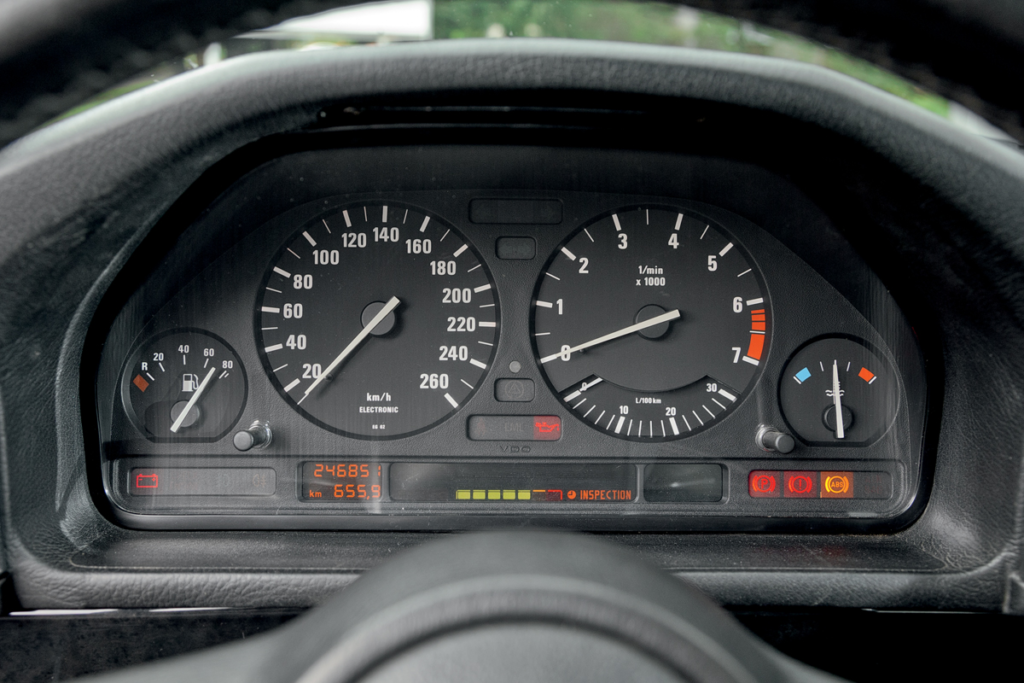
Hace treinta años, en Múnich, dieron con el formato perfecto para los instrumentos. Y es una pena que luego tuvieran que estropearlo deliberadamente: fíjese en las escalas dibujadas de los BMW actuales. La zona roja del tacómetro comienza justo después de las 6.000 rpm: al motor M30B35 no le gusta girar.
Sin embargo, la configuración más simple de BMW no impidió que el M3 E30 superara al Mercedes 190E Evo, lo que sugiere que la complejidad bruta no siempre se correlaciona con una capacidad de conducción superior. Por eso me reservo mi opinión, por ahora.
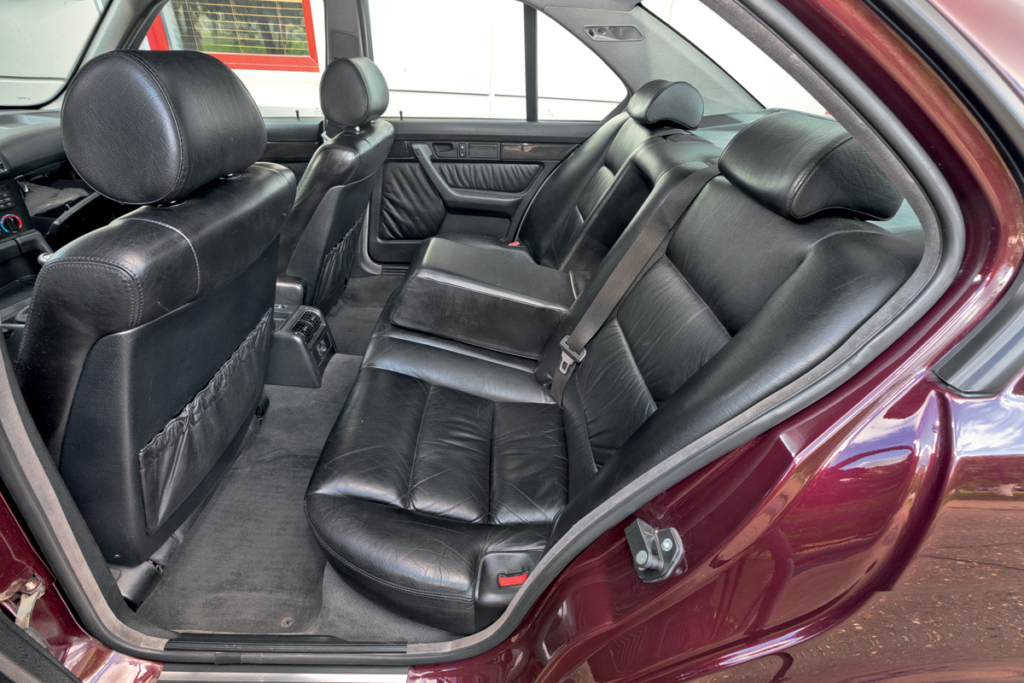
En cuanto a dimensiones, la serie “cinco” del E34 repite prácticamente la actual serie “tres”, al igual que el espacio para las piernas en la parte trasera: si superas la estatura media, no cuentes con la comodidad.
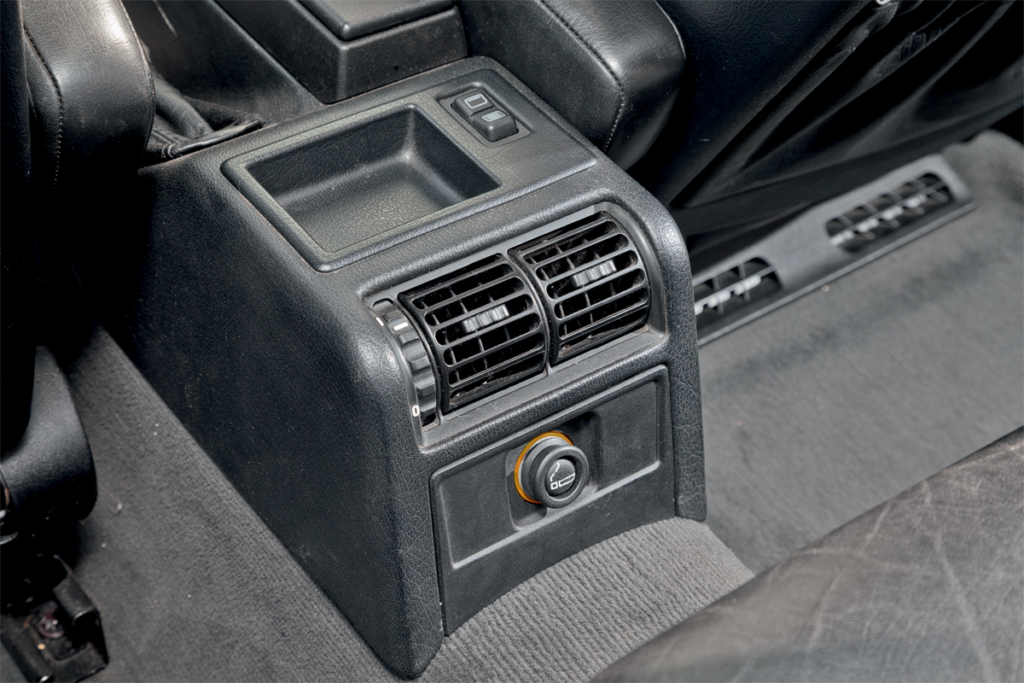
Hace treinta años, fumar estaba de moda: hay un cenicero en cada puerta trasera y encendedores, tanto delante como detrás.
BMW 535i E34: diseñando un clásico
El BMW 535i E34, propulsado por el venerado motor M30 de una sola leva, es considerado con frecuencia como uno de los mejores «Cincos». Para acceder al motor, basta con tirar de la palanca para levantar con elegancia la parte delantera del capó. El diseño del motor, especialmente el colector de admisión, que podría pertenecer a un museo de diseño, dice mucho sobre la atención que presta BMW a los detalles. A pesar de su tamaño (3,4 litros y seis cilindros de 92 mm de diámetro cada uno), los 208 CV del motor parecen modestos teniendo en cuenta sus 1607 kg de masa (Mercedes pesa 1585 kg). Pero si a eso le sumamos una transmisión manual de cinco velocidades, un diferencial de deslizamiento limitado y asfalto fresco por debajo, el potencial del coche parece renovado.
Sin embargo, ¿es realmente un actor?
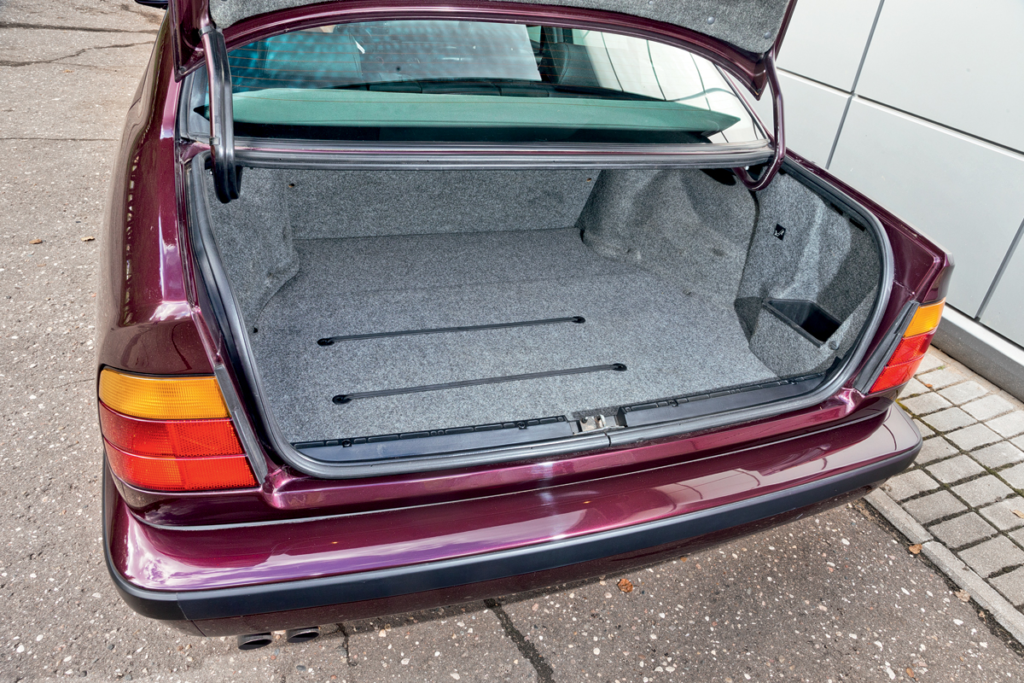
El maletero es cómodo y grande, un par de gomas de la firma en el suelo han sobrevivido hasta nuestros días, al igual que en mi coupé E82.
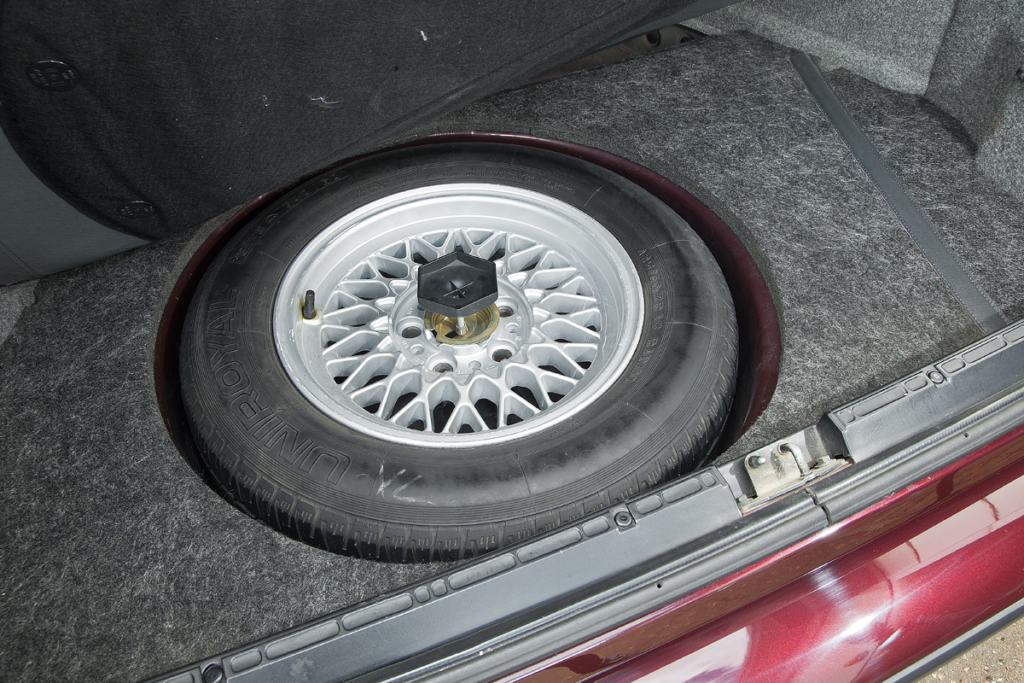
Hubo momentos en los que la rueda de repuesto no molestaba a los diseñadores de BMW.
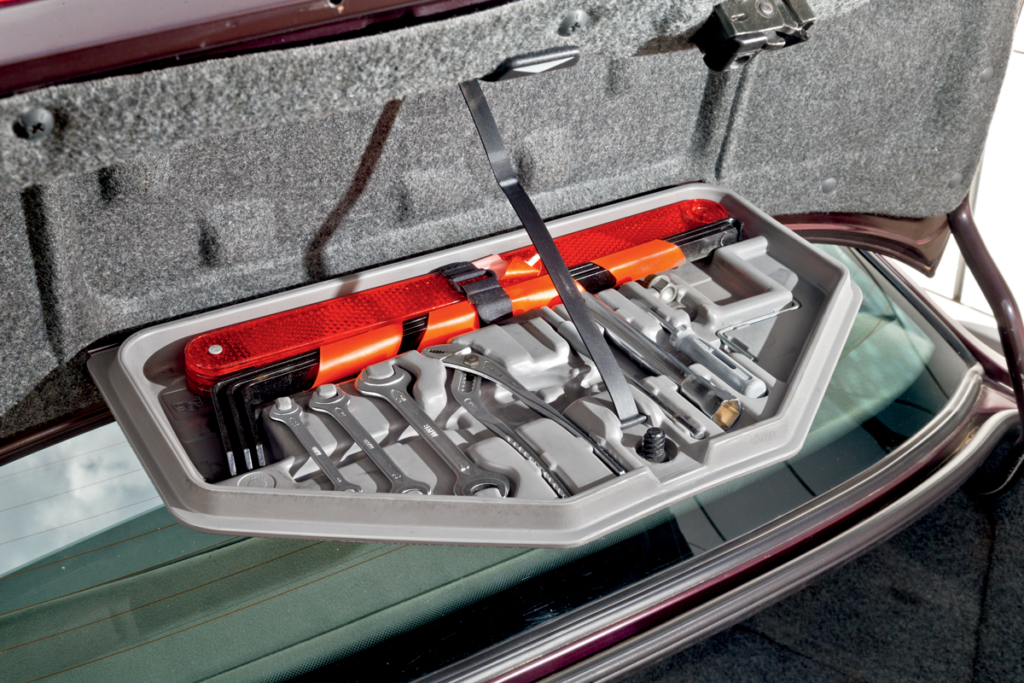
¿Dispone su youngtimer de un juego completo de herramientas de firma? El contenido de este cofre es motivo de orgullo para todo propietario de una BMW antigua.
No solo un automóvil, sino una «herramienta»
Este BMW 535i podría ser uno de los mejores ejemplos del país, restaurado meticulosamente durante varios años hasta su estado casi original. La cabina emana el aroma de la piel exquisita y los plásticos texturizados, con asientos cómodos y un salpicadero con indicadores auténticamente clásicos, algo poco común en los BMW modernos.
El «seis» en línea del automóvil ronronea más profundamente al ralentí que el V8 del BMW 740i. La transmisión es inusualmente precisa para un BMW, ya que carece de la típica distancia que atraviesa la cabina, aunque el punto de enganche es sutil. El par del motor hace que sea fácil arrancarlo, pero no esperes una aceleración emocionante: este no es un automóvil deportivo moderno. Sin embargo, en la pista de pruebas, el «Five» supera sus especificaciones oficiales: acelera a 100 km/h en 7,6 segundos con una velocidad máxima de 237 km/h y mantiene la compostura incluso a altas velocidades.
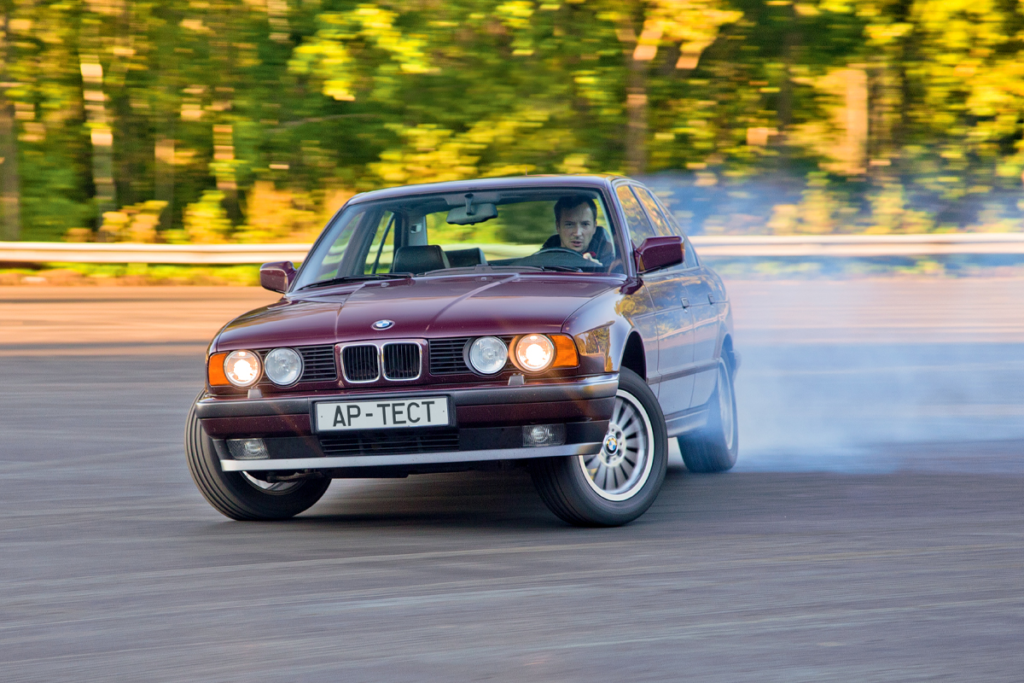
No te dejes engañar por la dramática toma: el E34 de serie resiste este tipo de conducción sobre asfalto seco.
Pero hay una trampa. El 535i responde con lentitud a las entradas de la dirección. Es casi como si el automóvil se resistiera a las maniobras rápidas, lo que requiere girar las ruedas de manera significativa para sortear curvas cerradas. ¿Conducción rápida y reactiva? No es exactamente su punto fuerte. Este BMW no hace que te esfuerces demasiado; es competente y seguro, pero de alguna manera, decepcionantemente sencillo.
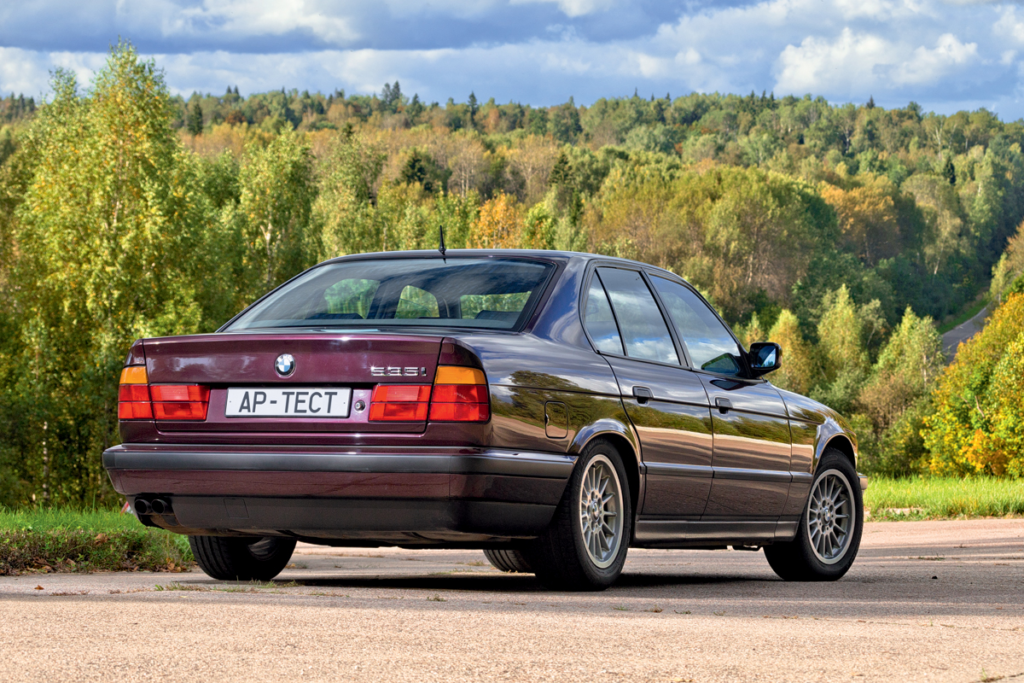
BMW contra Mercedes: los intangibles
Contra el Mercedes, que tuve el placer de conducir desde Moscú hasta la pista de pruebas, el BMW es decepcionante. El Mercedes no solo iguala cada viaje, sino que lo mejora con una sensación de seguridad, un aura de nobleza y una frecuencia de vibraciones corporales misteriosamente satisfactoria que resuenan inconscientemente entre los aficionados al Mercedes.
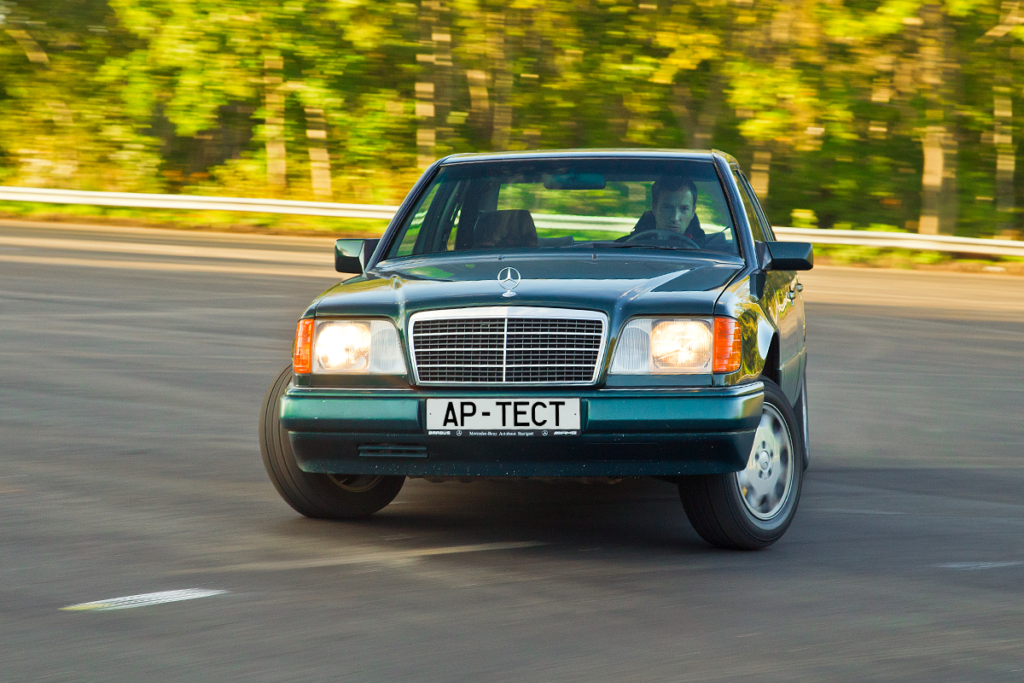
Por el contrario, el interior del BMW, a pesar de sus adornos tecnológicos, carece de la esencia conmovedora que hace que el Mercedes sea tan cautivador. El E280 no solo se mueve, sino que se desliza con una sutileza que hace que cada viaje sea sencillo y cada kilómetro más fluido.
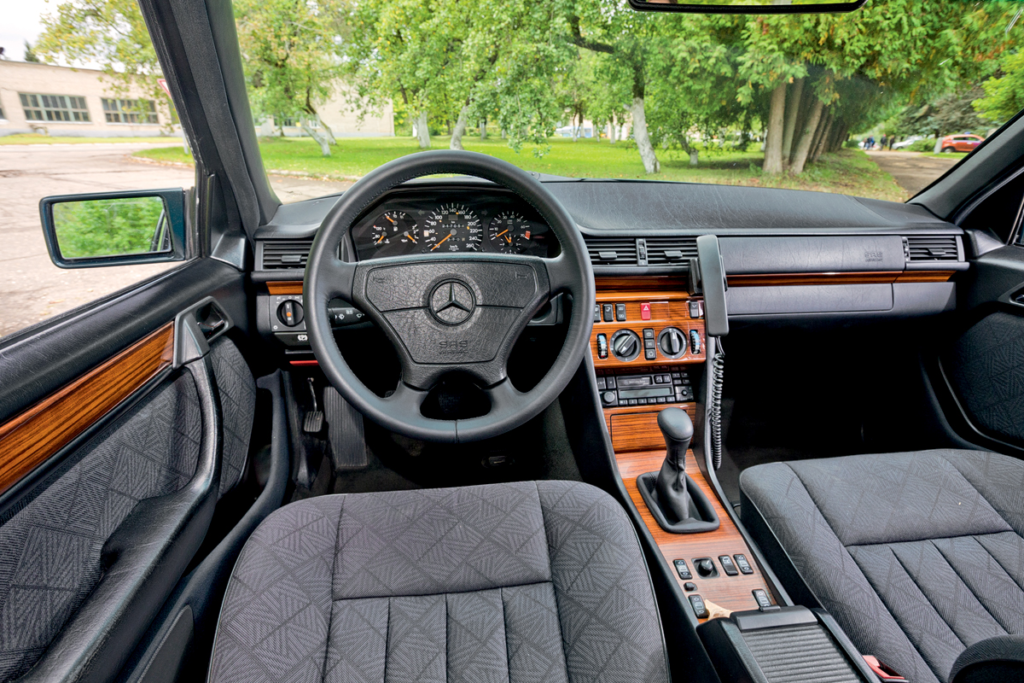
Antes no me gustaban los interiores de los Mercedes de esa época, pero ahora aprecio este estilo minimalista. Es una pena que los buenos tejidos hayan desaparecido de las cabinas de las modernas clases E. Creo que este tipo de tapicería es más acogedora que el cuero.
Por mucho que me duela decirlo, el BMW 535 y el E34 pueden ser una maravilla de su época, pero en este enfrentamiento, el Mercedes-Benz E280 W124 no solo cumple con el punto de referencia, sino que lo establece.
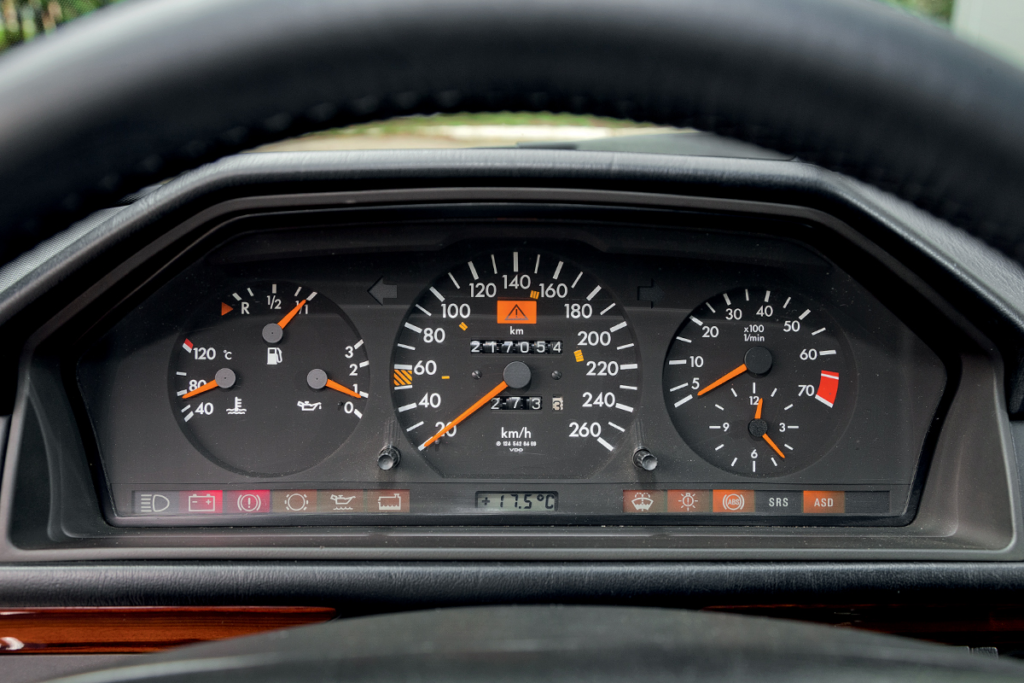
Los instrumentos clásicos con reloj son memorables por su original iluminación exterior, como en un escenario teatral. La versión de BMW, en la que los propios símbolos se iluminan, es sin duda más moderna, pero Mercedes crea un ambiente especialmente tranquilo en una carretera nocturna.
Proeza del tren motriz y paridad de rendimiento
Para una comparación con una precisión impecable, lo ideal hubiera sido un W124 antes de la cirugía estética equipado con un «seis» de una sola cámara. Sin embargo, el modelo que nos ocupa está propulsado por el motor M104 de 193 CV, más avanzado. Si bien puede retrasarse ligeramente en la aceleración en reposo en comparación con su competidor, el excelente proceso de intercambio de gases de este motor garantiza una mayor elasticidad, y nuestro Mercedes también cuenta con una transmisión manual de cinco velocidades. Sin embargo, lo que realmente diferencia el rendimiento del Mercedes es la sutileza de su aceleración, que es prácticamente imperceptible.
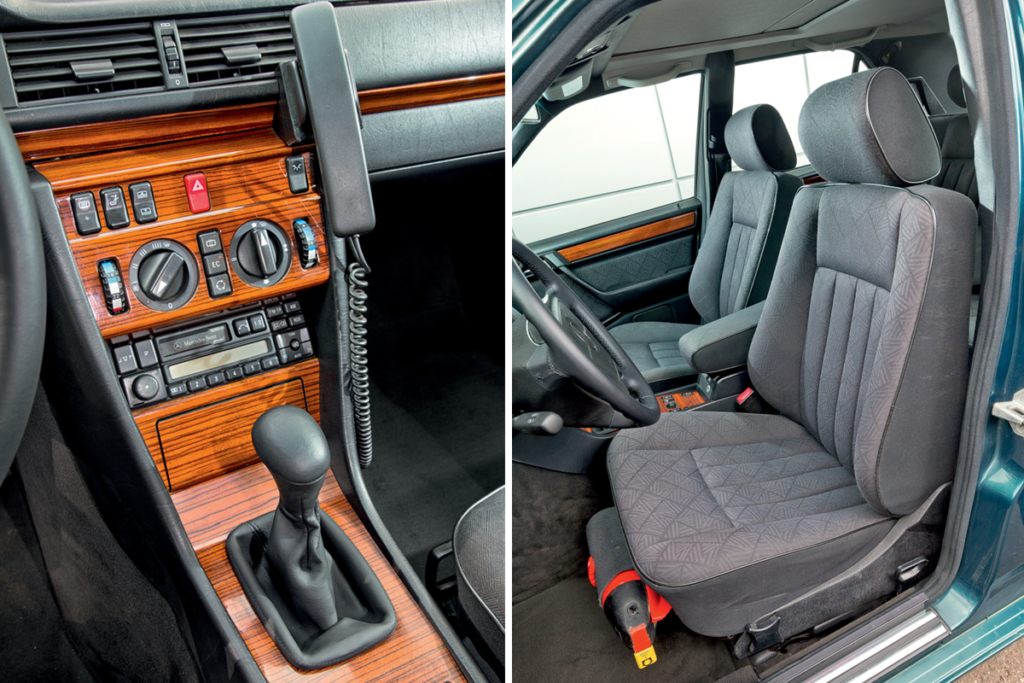
Un asiento con cojín de muelles y amplio respaldo te acoge como en familia, pero apenas te sujeta en las curvas.
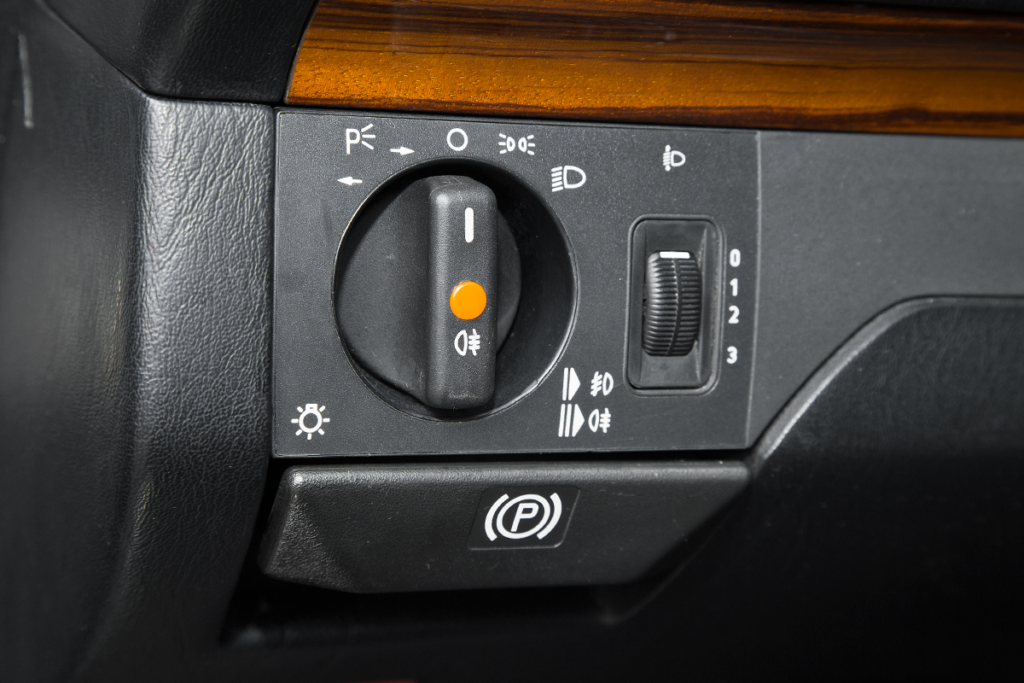
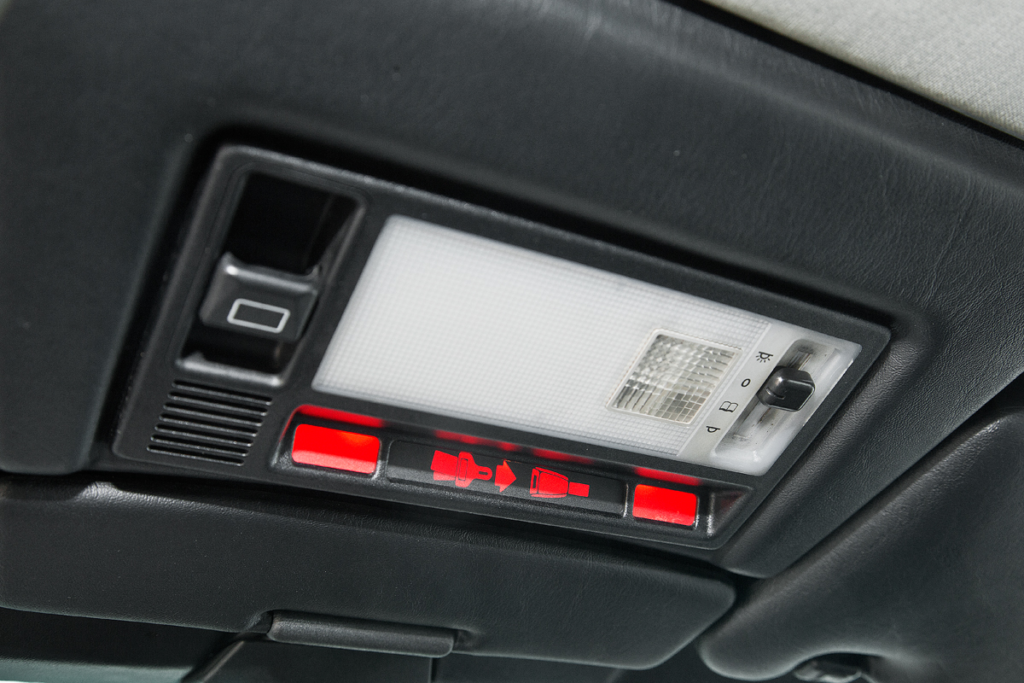
La potencia sigilosa del W124
Este Mercedes despega con una suavidad increíble, similar a la de un vehículo eléctrico. El motor permanece prácticamente silencioso hasta que alcanza las 5.000 rpm, y solo el tacómetro revela la actividad que hay debajo del capó. Cada vez que se pisa el acelerador se siente sin interrupciones, como si no hubiera ninguna transmisión mecánica, sin la caja de cambios, el eje de transmisión o el diferencial a la vista. Mercedes ha dominado el arte de enmascarar los procesos mecánicos, lo que hace que la experiencia de conducción se parezca menos a la conducción de una máquina y más a la de empuñar un instrumento de lujo afinado con precisión.
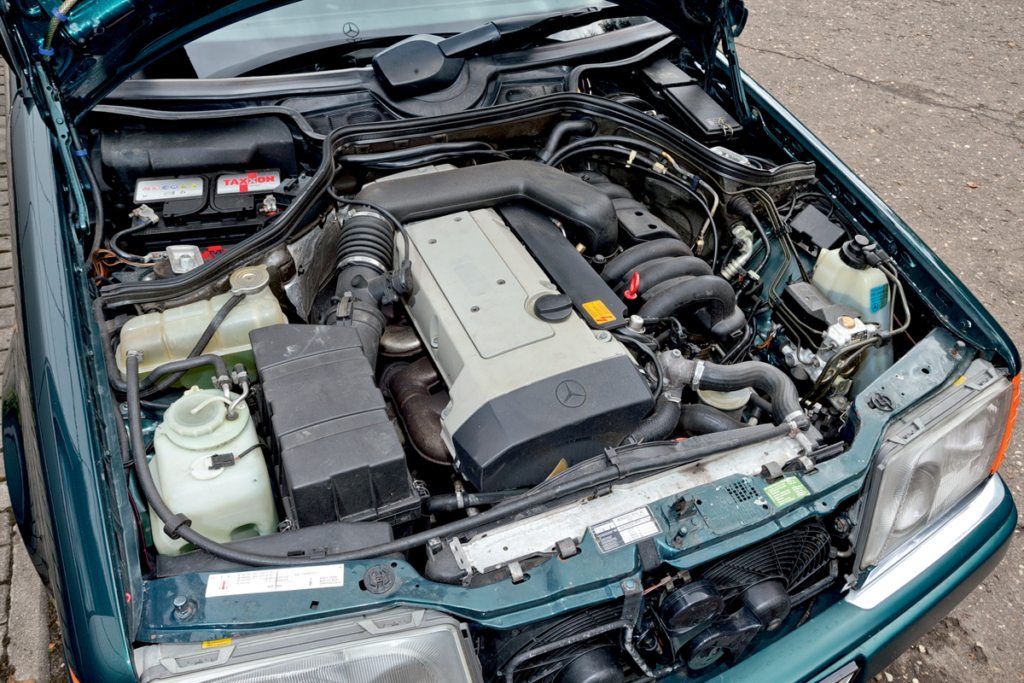
Estos motores de la familia M104 de 24 válvulas se han ganado la reputación de ser unos de los más fiables de la historia. Fíjate en el calefactor integrado en el depósito del limpiaparabrisas: Mercedes está llena de soluciones ingeniosas.
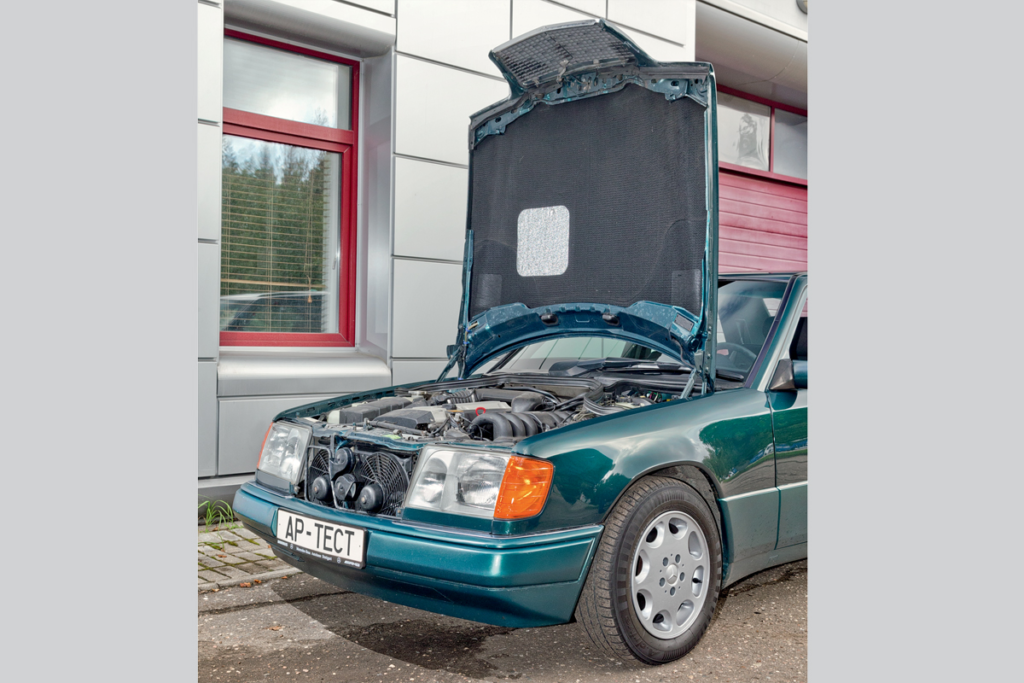
La capucha de cocodrilo puede levantarse casi verticalmente.
Sin embargo, esta suavidad no debe confundirse con una falta de vigor. Cuando es necesario, el W124 puede superar fácilmente la marca de los 200 km/h y tomar rápidamente la delantera en los semáforos. Además, su manejo es mucho más contemporáneo que el del BMW.
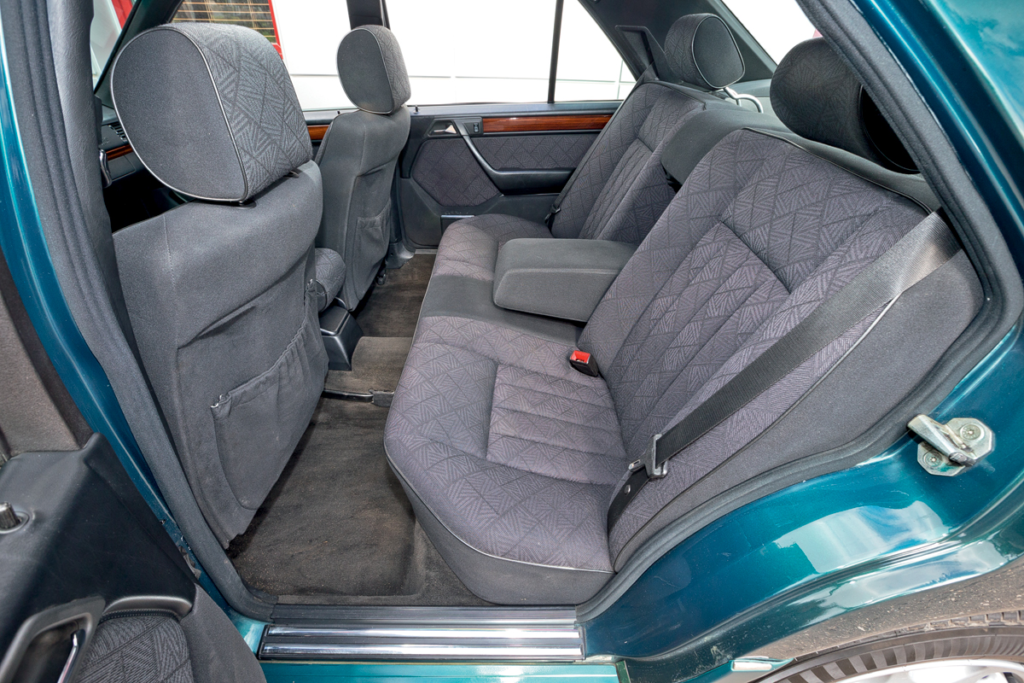
La altura del sofá, la posición de los reposabrazos en las puertas, el ángulo del respaldo… todo está excelentemente ajustado. El espacio para las piernas en el Clase E es comparable al de un Camry contemporáneo.
Un estudio sobre dirección y estabilidad
Desde el primer giro del volante, es evidente que estos vehículos anuncian distintas épocas de la ingeniería. La Clase E responde notablemente mejor, con reacciones que podrían competir con las de los vehículos modernos. El manejo asertivo del Mercedes puede parecer abrumador al principio, pero pronto se convierte en una característica valiosa, ya que ofrece una respuesta precisa sin comprometer la capacidad de información. A pesar de la considerable inclinación de la carrocería, similar a la del BMW, no disminuye la precisión de la trayectoria del automóvil, gracias en parte a su avanzada suspensión trasera de cinco brazos, que mejora el agarre de las ruedas exteriores.
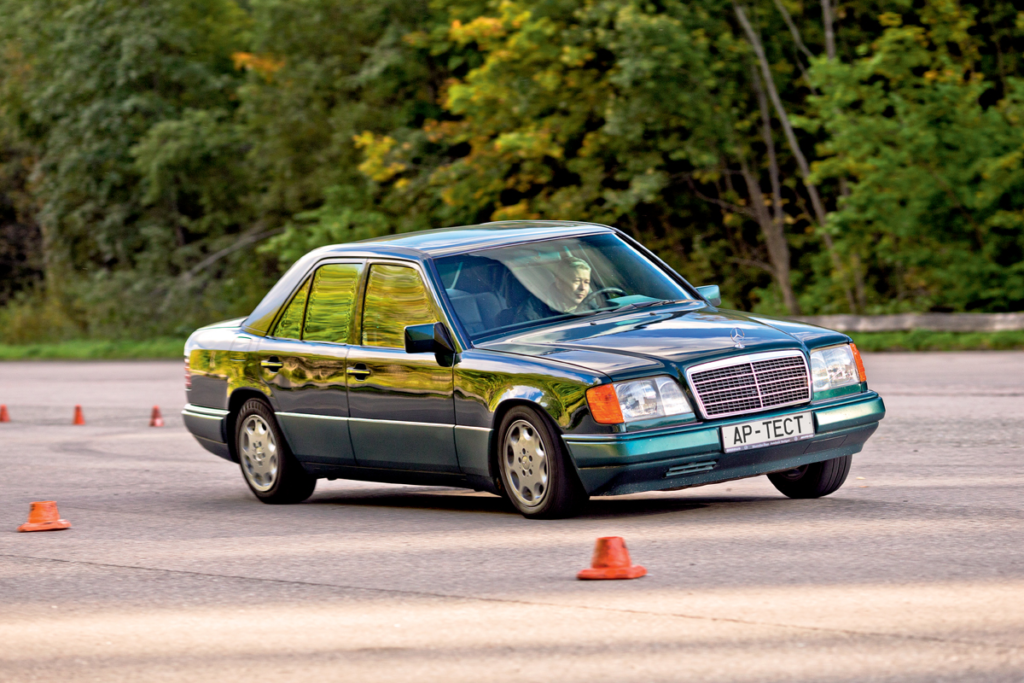
Características innovadoras y aspectos destacados del manejo
Nuestro vehículo de pruebas estaba equipado con el ASD (Automatisches Sperrdifferenzial) opcional, un diferencial trasero autoblocante que utiliza un mecanismo hidráulico para mejorar la tracción, especialmente efectivo a menos de 38 km/h. Cuando es necesario, el diferencial se bloquea por completo para mejorar el agarre y la maniobrabilidad sin problemas durante las maniobras agresivas. Esta característica ejemplifica la forma en que el Mercedes realiza deslizamientos de potencia sin esfuerzo, lo que cambia radicalmente las normas de la automoción y demuestra su excelente capacidad de maniobrabilidad.
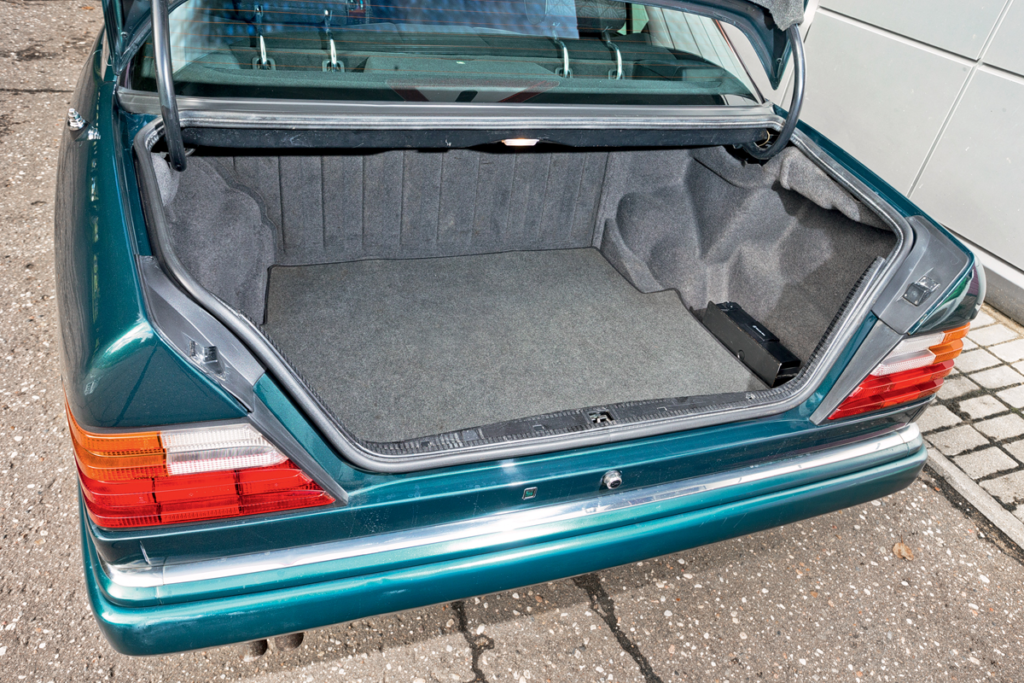
No es posible aumentar el volumen de este maletero: detrás del respaldo, se instala verticalmente un depósito de combustible.
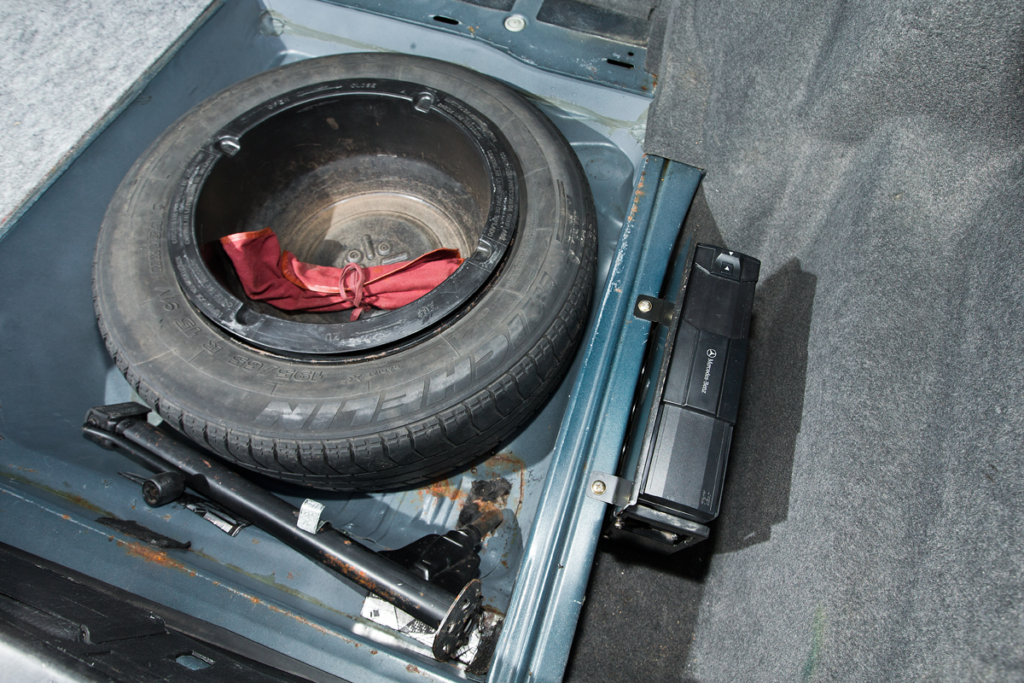
Por supuesto, hay un nicho para una rueda de repuesto de tamaño completo.
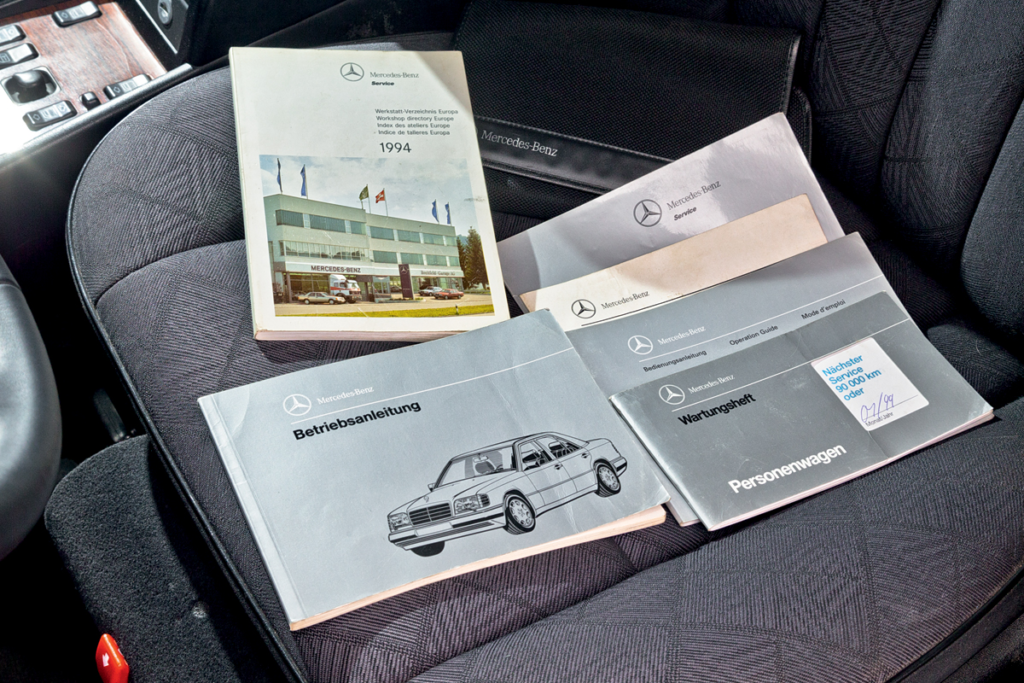
La documentación original del concesionario es un plus agradable para cualquier youngtimer.
Comodidad incomparable de Mercedes
La Clase E no solo destaca por su rendimiento, sino que también ofrece un nivel excepcional de confort que caracteriza a Mercedes. Desde su lujosa calidad de conducción hasta su encomiable aislamiento acústico, establece un alto estándar. Sorprendentemente, la suspensión del BMW también funciona de manera admirable en superficies irregulares, aunque es un poco difícil con los baches más cortos, una característica peculiar dado el generoso perfil de sus neumáticos.
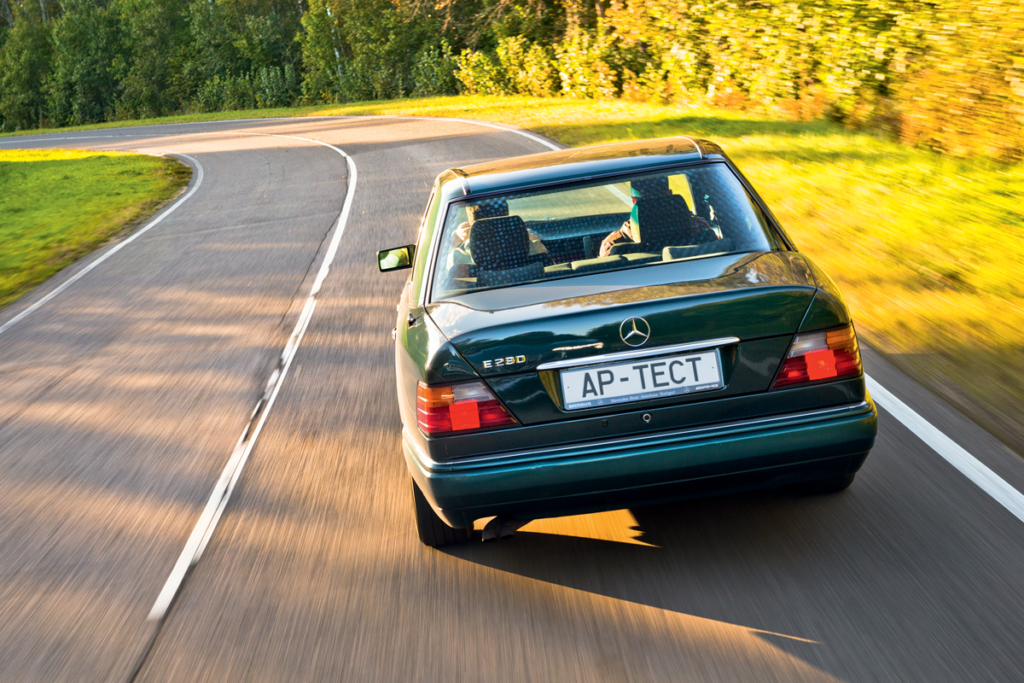
Conclusión: El legado del W124
Disculpen a los entusiastas de BMW, pero en la década de los 80, Mercedes reinó con supremacía, no solo sobre su homóloga alemana, sino también sobre sus propias versiones posteriores. Ningún modelo posterior de la Clase E ha conseguido recuperar la combinación de elegancia, rendimiento e innovación tecnológica que el W124 ofrecía sin esfuerzo. La interacción con este automóvil, desde la satisfacción táctil de su cambio de marchas manual hasta la importancia histórica de su ingeniería, es un recordatorio de la época dorada de Mercedes. Para aquellos que buscan un clásico que represente realmente la cúspide de los logros automovilísticos del pasado, el W124 es la referencia electrónica definitiva.
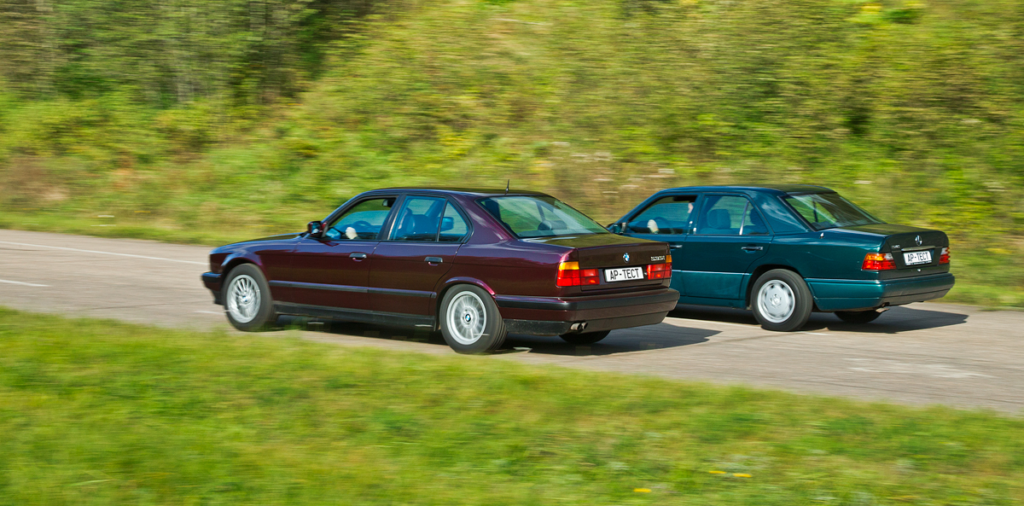
Foto: Dmitry Pitersky
Esto es una traducción. Puedes leer el artículo original aquí: BMW 535i серии E34 и Mercedes-Benz E280 поколения W124: кто из них настоящий E-талон?

Publicado Julio 04, 2024 • 10m para leer

